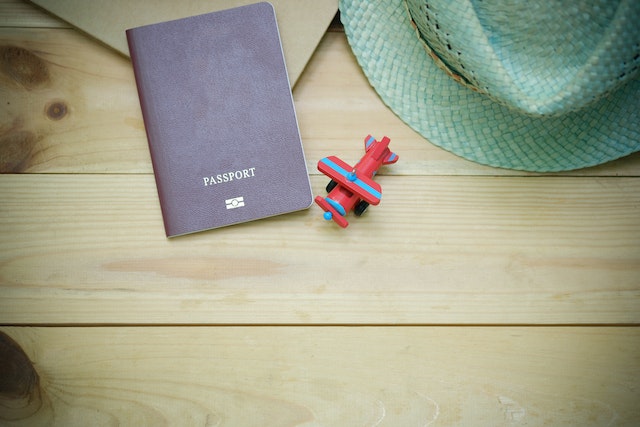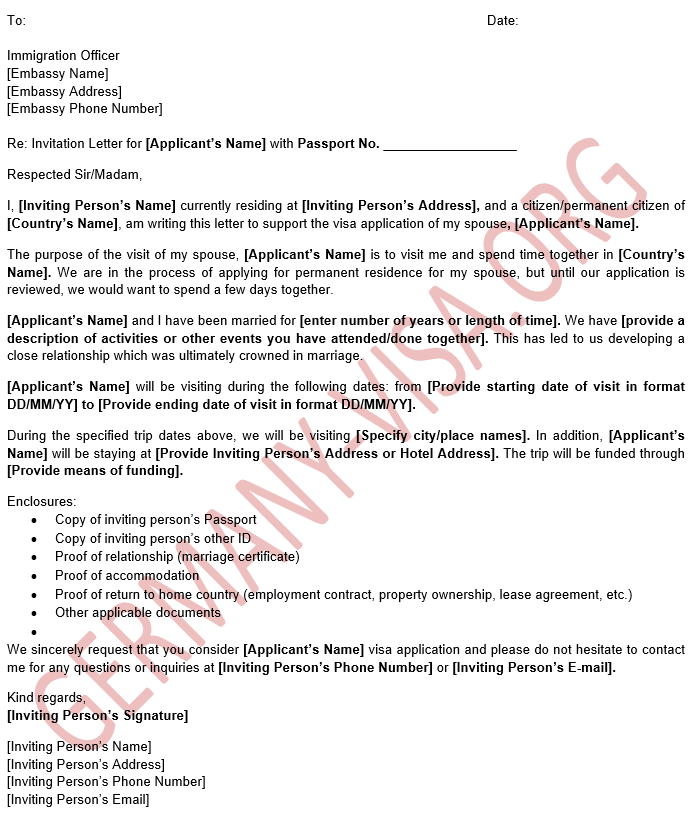Reach New Heights: Essential Zip-Lining Terms for Tourists
Ziplining Basics
Ziplining Fundamentals
Ziplining is an exciting adventure sport where participants ride down a cable, usually from a higher elevation to a lower one, allowing gravity to do the work. According to Merriam-Webster, ziplining is defined as “an inclined cable or rope with a suspended harness, pulley, or handle, down which a person slides for amusement.” The fundamental components of a zipline setup typically include a harness, pulley system, and cable.
Basic Ziplining Components:
- Cable: The primary component – typically made of stainless steel – connects platforms downhill.
- Harness: Secures the rider to the pulley, ensuring safety and comfort.
- Pulley: A device that allows the harness to glide smoothly along the cable.
- Platform: Starting and ending points on the zipline course.
Here’s a table to summarize common ziplining setups:
| Component | Description |
|---|---|
| Cable | Connects platforms, stainless steel |
| Harness | Secures rider |
| Pulley | Allows gliding along the cable |
| Platform | Starting/ending points |
For an adventure tourism dictionary, visit our vacation glossary guide.
History of Ziplining
The concept of ziplining isn’t new; it has evolved significantly over centuries. Initially, zip lines were used for practical purposes, such as transporting goods across valleys or rivers. In the remote mountainous regions of China and India, indigenous communities utilized zip lines to traverse dangerous terrains and deliver supplies.
In the 20th century, ziplining started to gain popularity as a recreational activity. Scientists began using zip lines to study and access dense, unreachable parts of rainforests without disturbing the environment. Adventure parks and tours soon followed, transforming ziplining into a thrilling outdoor activity enjoyed by tourists worldwide.
Modern ziplining courses feature advanced safety measures and equipment, ensuring an exhilarating yet secure experience. Contemporary zip lines may feature braking systems like the passive arrester system or capture block, which control and stop the ride smoothly. These terms are essential for fully understanding the mechanics of zip lining (Colorado Zipline).
To dive deeper into the vocabulary associated with ziplining, check out our section on zipline terminology.
Stay informed about the most popular adventures and learn the terms you need for other activities by checking out our pages on mountain hiking glossary, adventure tourism expressions, and camping essentials glossary.
Ziplining Tours
Exploring ziplining tours can be an exhilarating experience for any adventurer. Understanding the different types of ziplining tours and the requirements can help you make the most of your zip-lining adventure.
Different Types of Ziplining Tours
Ziplining tours come in various forms, each offering unique experiences. Here is an overview of some popular types:
-
Canopy Tours: These tours involve traversing through forest canopies on multiple ziplines. One popular canopy tour includes ziplining through hemlocks on 11 ziplines, crossing 7 swinging sky bridges, air stairs, and hiking in the forest (Adventures on the Gorge).
-
Mountain Ziplining: This type takes you across mountainous terrains, often offering breathtaking views. For example, the “Parque de Aventura Barrancas del Cobre” in Copper Canyon, Mexico, and “El Monstruo” in Puerto Rico each offer long, scenic ziplines (Wikipedia).
-
Urban Ziplining: Available in city environments, urban ziplining provides a unique way to see cityscapes from above. Generally shorter and catering to milder thrills, urban ziplines are perfect for beginners.
-
Extreme Ziplining: Featuring higher speeds and longer distances, extreme ziplining is for thrill-seekers. An example is the world’s longest zipline, the K3 of SA Forest Adventures in Caledon, South Africa, which is 3.2 km long and reaches speeds up to 120 km/h.
Zipline Tour Requirements
When planning to go on a ziplining tour, it’s important to consider various requirements to ensure both safety and enjoyment:
-
Age and Weight Limits: Most tours have age and weight restrictions. Typically, participants must be at least 5 years old, with weight falling between 50 and 250 pounds. Always check specific tour regulations.
-
Physical Fitness: Moderate fitness levels are often required, as ziplining involves climbing and balancing. Some tours also include hiking elements.
-
Safety Equipment: Proper safety gear is essential. This includes harnesses, helmets, and gloves. Ensure that you are provided with and understand the use of all equipment (My Adventure Park).
-
Training: Before embarking on the zipline, operators usually provide a brief training session to familiarize you with safety protocols. Pay close attention to this training, as it includes crucial information for your safety.
-
Environmental Conditions: Weather can impact zipline tours. Tours may be delayed or canceled during inclement weather. Check the weather forecast and tour operator policies.
-
Health Disclosures: Disclose any medical conditions to the tour operator. Conditions such as heart problems, pregnancy, or severe fear of heights may disqualify participation.
| Requirement | Description |
|---|---|
| Age Limit | Usually 5 years and older |
| Weight Limit | Typically 50 – 250 pounds |
| Physical Fitness | Moderate fitness required |
| Safety Equipment | Harnesses, helmets, gloves |
| Training | Provided by operator |
| Weather Conditions | Tours subject to delays/cancellations |
| Health Disclosures | Required for certain medical conditions |
For more information on essential terms and safety for ziplining, visit our pages on tourist glossary terms and ziplining safety rules.
By understanding the different types of ziplining tours and their requirements, you can ensure a safe and memorable adventure. Happy ziplining!
Ziplining Safety Measures
Ensuring your safety while ziplining is paramount. The following sections detail the essential safety equipment needed and the critical safety rules to follow.
Safety Equipment for Ziplining
Having the right equipment is crucial for a safe ziplining experience. Here are some vital pieces of gear:
| Equipment | Purpose |
|---|---|
| Harness | Secures you to the zip line |
| Helmet | Protects your head from impacts |
| Carabiners | Connects your harness to the zip line |
| Pulley System | Allows smooth travel along the zip line |
| Gloves | Provides grip and protects hands |
| Hand Brakes | Enables control over speed and stops |
Each piece of equipment serves a specific purpose and ensures that you are securely attached to the zip line. A detailed understanding of these components can also enhance your overall experience. For more information on safety equipment, you can read about ziplining safety rules.
Ziplining Safety Rules
Following safety rules is equally important as having the right equipment. Here are some essential guidelines:
- Always Listen to Guides: Guides are trained to assist you in every scenario.
- Check Your Gear: Ensure all equipment is properly fitted and secured before starting.
- Stay Double-Clipped: Always be attached to two steel cables for extra safety (Adventures on the Gorge).
- Maintain Proper Posture: Keep your legs up and lean back slightly to avoid obstacles.
- Use Hand Brakes Safely: Understand how to use hand brakes to control your speed (Colorado Zipline).
- Respect Weight Limits: Ensure you meet the weight requirements for the ziplining tour to ensure safety.
These safety measures ensure that you have a thrilling yet secure ziplining experience. For more information on common terms used in ziplining, you might find our article on zip-lining vocabulary helpful.
Ziplining Vocabulary
When you’re gearing up for a thrilling zip-lining adventure, it’s helpful to know some essential terms related to the activity. Here is a comprehensive glossary to get you started.
Essential Terms for Ziplining
-
Aerial Platform: The starting and ending points of a zipline. Here is where you begin and complete your ziplining experience.
-
Passive Arrester System: A mechanism used to stop and control the zip line. It involves forces to bring you to a stop safely (Colorado Zipline).
-
Capture Block: Part of the stopping system that helps ensure a controlled stop at the end of the zip line (Colorado Zipline).
-
Pulleys: Devices that glide along the cable, enabling smooth movement from one end to the other. Essential for a zipping experience.
-
Carabiners: Connectors that link various equipment pieces, ensuring everything is securely attached.
-
Harnesses: Safety straps worn around your waist and legs, designed to hold you securely as you zip through the air.
-
Hand Brakes: Mechanisms that you may use to control your speed during the zip.
-
Helmets and Gloves: Safety gear worn to protect your head and hands while ziplining (Colorado Zipline).
-
Weight Minimums and Maximums: Safety limits set to control speed and momentum on the zipline. The gravitational pull affects speed, so these limits are crucial (Colorado Zipline).
Understanding Zipline Terminology
-
Trolley: A rolling device used to travel along the zipline cable. Each zipline may have specific trolleys designated, often marked by color or other identifying features like a Blue Tweezle.
-
READY, SET, GO: The standard command sequence given to guide you when it is safe to start your zip.
-
Element: Any individual part of the zipline course, such as the zip line itself or the aerial platforms. Only one person is allowed on each element at a time for safety reasons (My Adventure Park).
-
Platforms: Areas where participants wait their turn or complete their zip. Each platform usually has a maximum number of people allowed to ensure safety.
By familiarizing yourself with these terms, you will enhance your zip-lining experience and ensure you comprehend the safety measures. For more comprehensive lists of tourist glossary terms or essential tourist expressions, be sure to check our additional resources. If you’re interested in other outdoor activities, explore mountain hiking glossary or learn about specific scuba diving terms.





